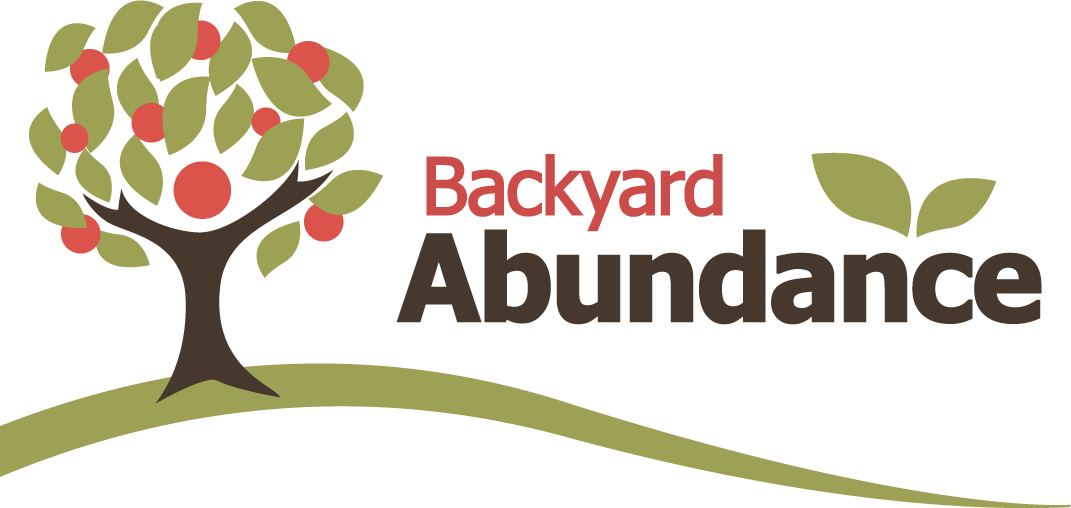top of page
Resources
Keep Learning with Nature in Mind
Explore practical guides, book recommendations, and time-saving tips for tending your space and well-being.

Low-Maintenance Eco Gardens
Essential Reading for a Thriving, Self-Care Landscape
Written by staff members Fred Meyer and Jen Kardos, this book brings together years of practical experience to help you create a beautiful, resilient garden that nourishes you while caring for our shared environment.
bottom of page

